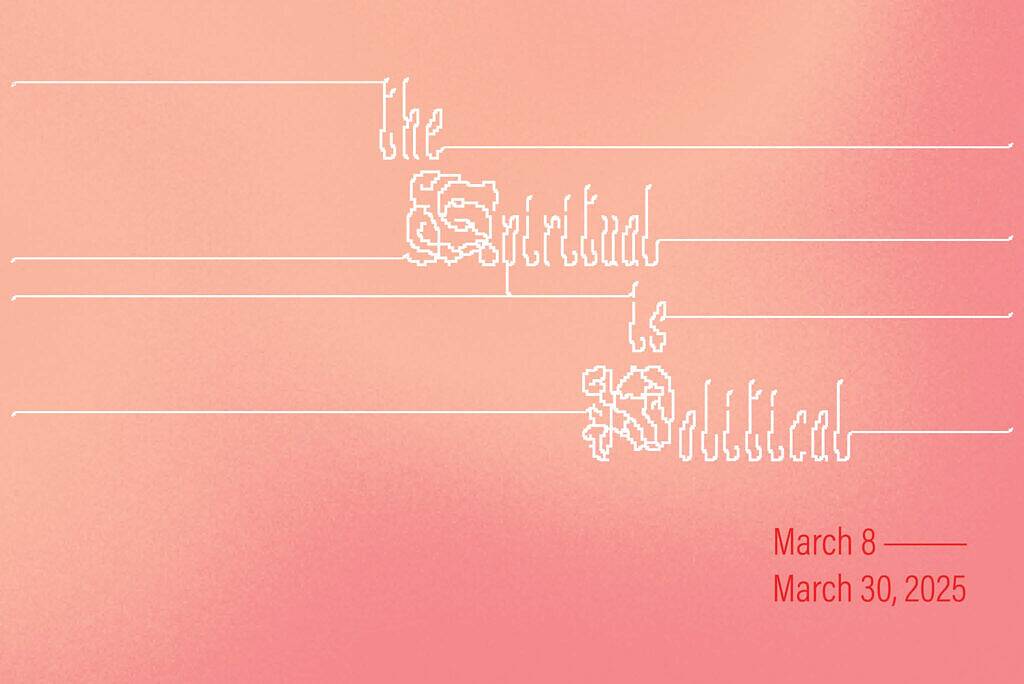
The Spiritual is Political
12AM
In these challenging times following a climate of oppressive politics, we search for ways to make meaning, while also upholding strict forms of resistance, if only resistance to silencing, and to neutrality. War and violence are a continuous cycle of conquer and destruction, and we are once again reminded of the power structures at play that keep those in power more destructive, while those who are marginalized in a constant state of disempowerment, fear, paralysis, and isolation. As we are all subject to this collective trauma, many that belong to marginal communities experience a perpetual state of retraumatizing, carrying memories of past inflictions, from personal stories and journeys confronting oppressive systems—whether in society, government, or in the home—that further dislocate the body and spirit from safety.
We are witnessing more apparent and appalling examples of white supremacy that adhere to colonial, capitalist, and patriarchal systems, and ignore and invalidate the experiences and realities of the human spirit, and the natural world. Spirituality, which concerns the spirit, can be defined as an individual’s search for sacred meaning. Iranian-American author, Omid Safi, describes the spiritual as being about our bodies, our lives, and the spaces we inhabit in the physical world.
This exhibition brings together the works of artists whose practices reflect on their personal experiences and realities of marginalization, while offering alternate ways of resistance. Their practices range from painting, printmaking, textiles, glass, mosaic and material exploration, while integrating processes of deep introspection that connect back with the spirit. These processes are meditative, and they labor towards the soul’s inherent need for connection, acceptance, peace, and love, and necessitate access, grounding, resistance, liberation, and transformation.
Najah Alboushi and Haifa Bint-Kadi reference architecture, plant life, and symbols from their ancestral homeland between Syria, Palestine, and the Caribbean to expand on the notion of borders and decolonization in intricately made sculptures of glass and mosaics. Joanna Booth and Feda Eid consider protection and memory in their material symbolisms such as with handwoven fabric or antique utensils. Meena Hasan navigates the politics and aesthetics of ornamentation and identity of South Asia through textured compositions that engage colonial and immigrant histories. Khwanchira Chindamanee and Malda Smadi transform paper into forms that evoke visibility, invisibility, dislocation, and the cycle of life and death through slow processes of making. Jazzmen Lee-Johnson’s work interrogates the ambiguities of the colonialist narrative on slavery through wild and laborious linocuts that reimagine Black agency and resistance within oppressive systems. While Katherine Toukhy draws from improvised movement, land-based imagery, and her Egyptian heritage to create figurative abstractions that nurture a desire for liberation and decolonization.
The questions that this exhibition aims to answer, are:
How do we resist violence as a practice?
What do acts of care and reparation look like?
How do we oppose the fast production of capitalism?
What does meditation, slowness, and mindfulness teach us about resistance?